- No products in the cart.
Agalates tab 0.5mg 2 pcs
$11.36
Agalates tab 0.5mg 2 pcs
Description
Composition
Active substance:
1 tablet contains: 500 g cabergoline.
Excipients:
Lactose, L-leucine, magnesium stearate (E572).
Description:
White flat oval tablets with beveled and Valium on one side marked “0.5” on the one hand and the risk of «CBG» – on the other.
Product form:
0.5 mg Tablets, dark glass vials
Packing 2 or 8 tablets.
Contraindications
Hypersensitivity (including to other. Ergot derivatives), lactation.
Carefully:
Severe illness cardiovascular system, Raynaud’s syndrome, severe hepatic insufficiency, peptic ulcer, gastrointestinal bleeding, severe psychotic and cognitive disorders (including in history), hypertension, which developed against the background of pregnancy (pre-eclampsia) and postpartum hypertension, children age (to 16 years – the safety and efficacy have not been established).
Dosage
0.5 mg
Indications
Postpartum lactation (prevention or suppression); treatment of disorders associated with hyperprolactinemia (amenorrhea, oligomenorrhea, anovulation, galactorrhea), prolactin secreting pituitary adenoma (micro- and macroprolactinoma); idiopathic hyperprolactinemia; syndrome of “empty” sella combined with hyperprolactinemia.
Interaction with other drugs
Macrolides (including erythromycin) increase the risk of side effects (increase the drug concentration in plasma).
Phenothiazines, butyrophenone, thioxanthene; metoclopramide reduce the effect.
Not recommended combination with ergot alkaloids and their derivatives.
Overdose
Symptoms include nausea, vomiting, abdominal pain, constipation, decreased blood pressure, orthostatic hypotension, headache, cramps in the calf muscles, severe fatigue, sweating, drowsiness, agitation, psychosis, hallucinations, impaired consciousness.
Treatment: gastric lavage, blood pressure control, the use of dopamine receptor antagonists (phenothiazine derivatives, butyrophenone, thioxanthenes, metoclopramide).
pharmachologic effect
Pharmacological group:
Dopamine receptor agonist.
Pharmacological properties:
Dopamine-stimulating, reducing hypersecretion of growth hormone, reduces the secretion of prolactin.
Pharmacodynamics:
Dopaminergic agent ergolinovoe derivative, growth hormone hypersecretion reduces, inhibits prolactin secretion. Stimulates dopamine D2-receptors lactotropic pituitary cells; in high doses it has central dopaminergic effects. Normalizes prolactin in the blood, restores menstrual cycle and fertility. By reducing the concentration of prolactin in the blood of women restored pulsating secretion of gonadotropins and release LH midcycle eliminated anovulatory cycles and increases the concentration of estrogen in the body decreases the severity hypoestrogenic (weight gain, fluid retention, osteoporosis) and hyperandrogenic (acne, hirsutism and et al.) symptoms.
In men decreases due hyperprolactinemia decreased libido, impotence (decreasing concentrations of testosterone increased prolactin concentration), gynecomastia, laktoreyu. Regress macroadenoma pituitary and related symptoms (headache, fields and visual acuity function of the cranial nerves and the anterior pituitary gland). Reduces the concentration of prolactin in patients with prolactinoma and psevdoprolaktinomoy (the latter – without reducing the size of pituitary adenomas). Inhibits the release of growth hormone of pituitary adenoma and reduces visual impairment, neurological disorders and severe headaches, slows the progression of acromegaly. In 70-90% of patients is clinical improvement, but at the end of a course of growth hormone in the blood rises again. Stimulation of the dopamine receptors restore the neurochemical balance in the striatum region and the black matter of the brain, which helps to reduce depressive symptoms, tremor and rigidity, acceleration of movement in all stages of Parkinson’s disease.
Reducing the concentration of prolactin observed after 3 hours after administration and persists for 7-28 days in patients with hyperprolactinemia and 14-21 days – the suppression of postpartum lactation. Normalization prolactin concentrations occurring within 2-4 weeks of treatment.
Pharmacokinetics:
Absorption – high, regardless of the meal. TCmax – 0.5-4 hours; connection with plasma proteins – 41-42%. T1 / 2 – 63-68 hours in healthy and 79-115 hours in patients with hyperprolactinemia. Css achieved after 4 weeks of therapy. AUC is increased in patients with severe hepatic insufficiency (class C according to the classification of Child-Pyuga). Derived mainly from the feces, and kidneys (3% unchanged).
Conditions of supply of pharmacies
On prescription.
side effects
Moderately expressed, appear within the first 2 weeks and tested independently.
From the nervous system: dizziness, vertigo, headache, fatigue, drowsiness, depression, fatigue, paresthesia, syncope.
From the digestive system: nausea, vomiting, epigastric pain, abdominal pain, constipation, gastritis, dyspepsia, abnormal liver function.
From the CCC: asymptomatic decrease in blood pressure (within the first 3-4 days after birth) heart “tides” of blood to the facial skin, vasospasm fingers valvulopatiya; rarely – orthostatic hypotension.
Other: mammalgia, epistaxis, transient hemianopsia, lower limbs muscle spasms, alopecia, increased activity of CK, delusions, dyspnea, edema, pleural fibrosis, pleural effusion, respiratory disorders (including respiratory failure).
Allergic Reactions: Hypersensitivity, rash.
special instructions
Before using the drug for the treatment of disorders associated with hyperprolactinemia, it is necessary to conduct a full investigation of the pituitary gland.
When increasing the dose, patients should be under the supervision of a physician to determine the lowest effective dose which provides a therapeutic effect.
After will be picked effective dosing regimen, it is recommended to carry out regular (1 time per month) to determine the concentration of serum prolactin. Normalization of prolactin is usually observed within 2-4 weeks of treatment.
After the abolition of cabergoline recurrence of hyperprolactinemia is usually observed, but some patients noted a persistent suppression of prolactin concentrations in a few months. In most women, ovulatory cycles persist for at least 6 months after discontinuation of the drug.
After prolonged use of cabergoline were observed in patients pleural effusion / valvulopatiya and pleural fibrosis. In some cases, patients received prior therapy ergolinovymi agonists of dopamine receptors. Therefore cabergoline should be used with caution in patients with current symptoms and / or clinical symptoms of cardiac functions, including history. After discontinuation of cabergoline in patients with a diagnosis of pleural effusion / pleural fibrosis and valvulopatiya noted improvement in symptoms.
The use of cabergoline causes drowsiness. In patients with Parkinson’s disease the use of dopamine receptor agonists may cause a sudden fall asleep. In such cases, it is recommended to reduce the dose or discontinue therapy.
Studies on the drug in elderly patients with disorders associated with hyperprolactinemia, was conducted.
Cabergoline restores ovulation and fertility in women with hyperprolactinemic hypogonadism. Since pregnancy can occur before menstruation recovery, it is recommended to conduct pregnancy tests at least once every 4 weeks for a period of amenorrhea, and after recovery menstruation – whenever a menses is noted delay more than 3 days. Women who want to avoid pregnancy, you should use a barrier method of contraception during treatment with the drug, as well as after its repeal recurrence of anovulation. Women who become pregnant should be under the supervision of a physician for early detection of the symptoms of the pituitary gland to increase, as during pregnancy may increase the size of pre-existing pituitary tumors.
Patients taking cabergoline, who observed drowsiness, should be warned that they are encouraged to refrain from driving and of others. Activities that require high concentration and psychomotor speed reactions.
Storage conditions
In a dry place at a temperature not higher than 25 ° C. In tightly closed original bottle.
Dosing and Administration
Inside, during a meal time. To prevent post-partum lactation – on the first day after birth 1 mg dose.
To suppress established lactation – 0.25 mg 2 times a day for 2 days.
hyperprolactinemia Treatment – 0.5 mg 1-2 reception week. Therapeutic dose – 0.25-2 mg / week, the average therapeutic dose – 1 mg / week for 2 doses. Weekly dose can be increased at a rate not more than 0.5 mg / month. The maximum weekly dose – 4.5 mg.
Cabergoline be administered in lower doses to patients with severe hepatic impairment, who showed prolonged drug therapy.
Information
Appearance may differ from that depicted in the picture. There are contraindications. You need to read the manual or consult with a specialist
Additional information
| Weight | 0.100 kg |
|---|---|
| Manufacturer | TEVA |


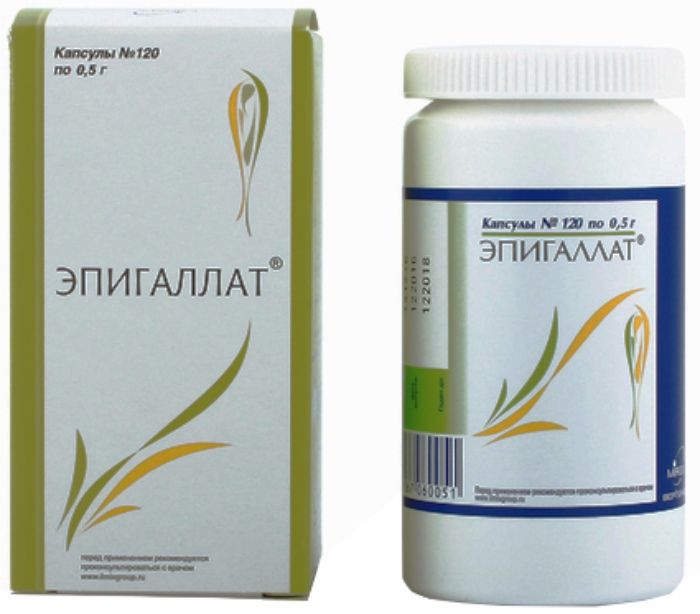
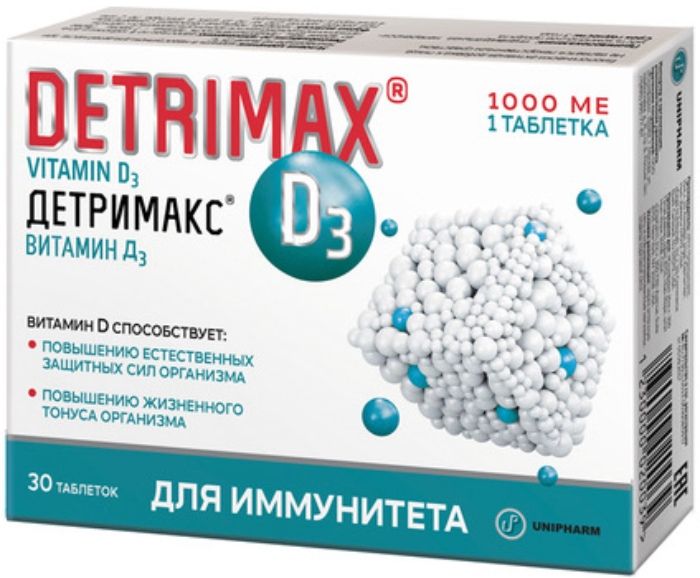
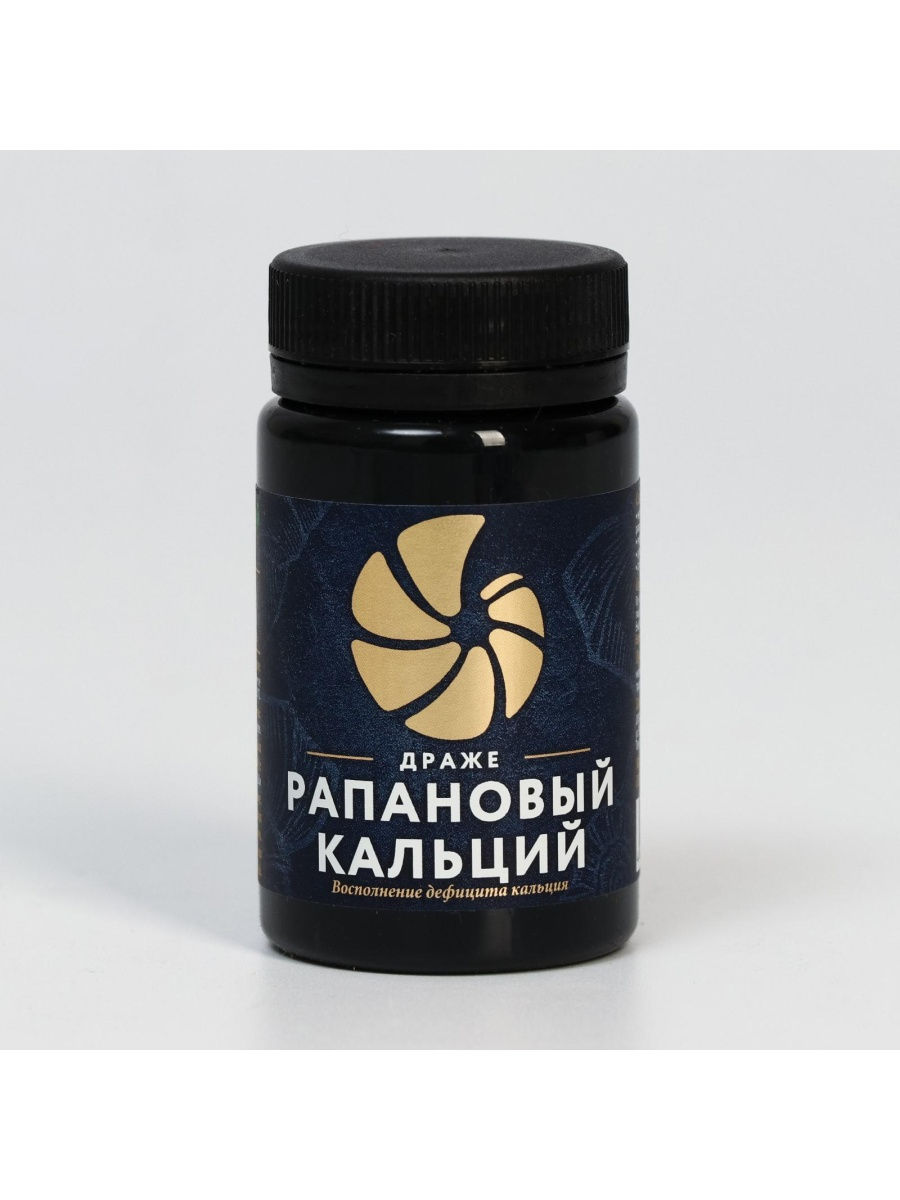
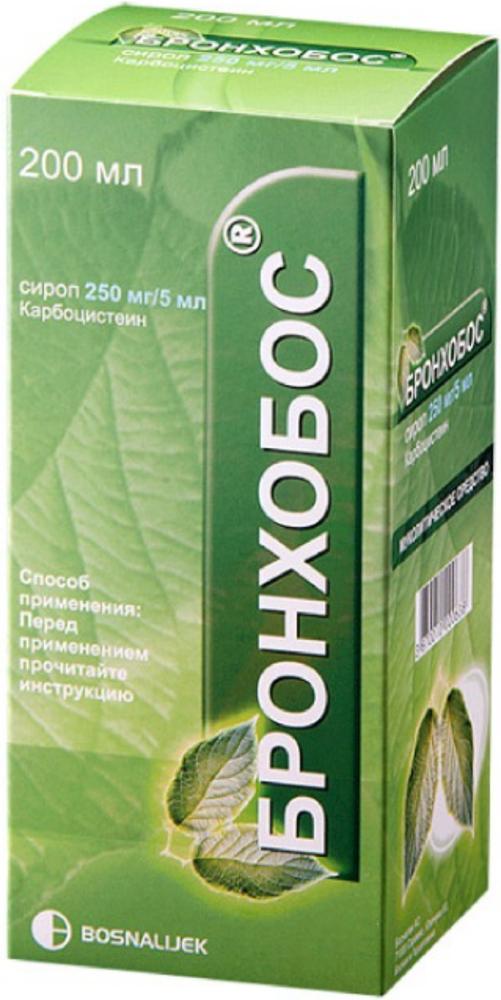


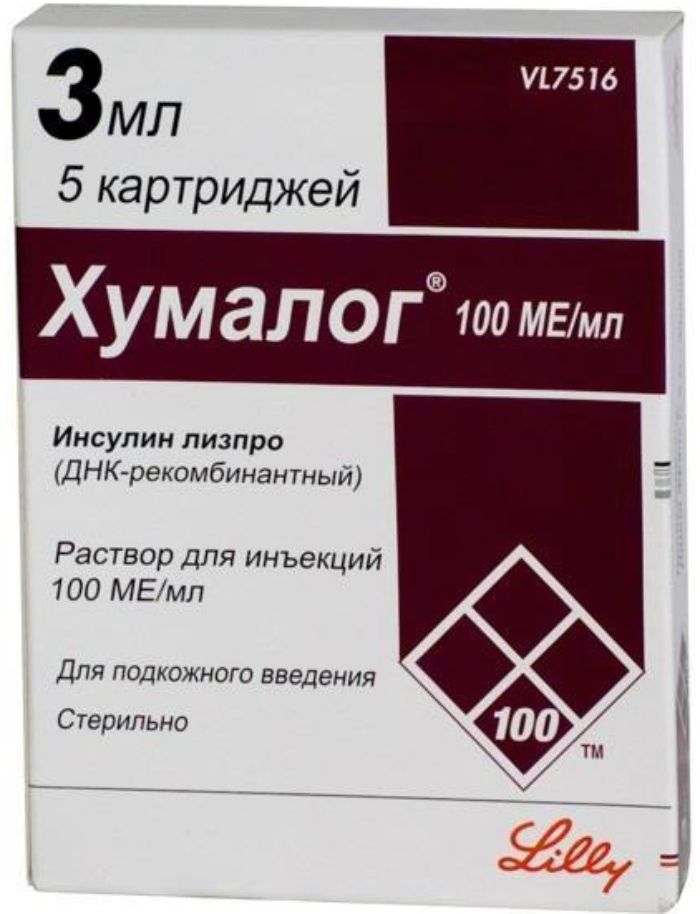
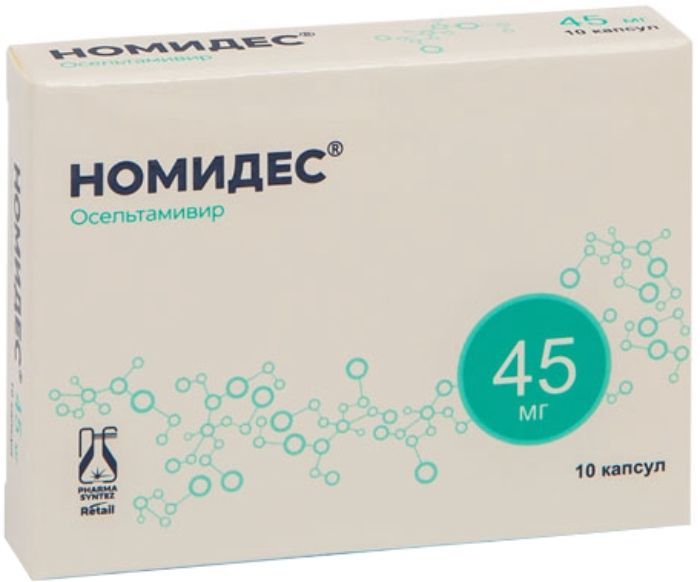




There are no reviews yet.